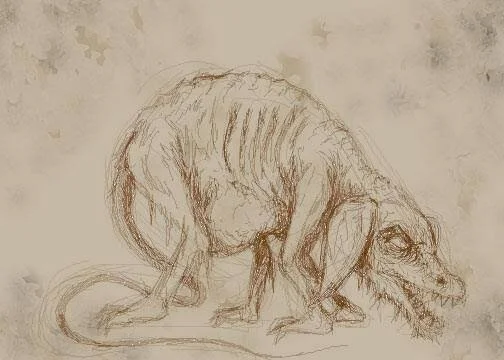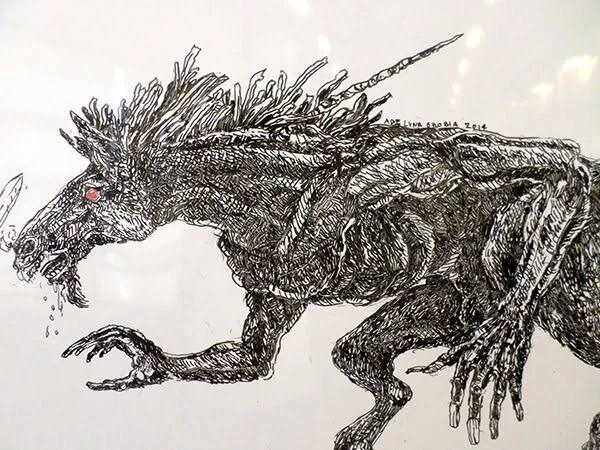On Writing “To All The Beasts I’ve Loved: Three Prose Poems” by Alton Melvar M. Dapanas
Anananggal. Image source: Wikimedia Commons.
I grew up watching Disney, MTV, and Hollywood; I read history in hardbound Britannica; and I learned the world’s national anthems, Nobel laureates, and major wars from Microsoft Encarta DVDs. This was 2002, when I was 9, more than a decade away from Seroquel, Zoloft, and Lamictal. But every summer break, I’d spend a week or two with my grandparents. City boy in provincial exile. The staple food was dry-milled corn. Once a day, a jeepney would traverse the road—dusty if sunny, muddy if rainy—from sitio, village, to town. I had to fetch water from a deep well, mechanical pump, or spring to bathe. No TV—only a battery-powered radio. Personal hell. But in the iláya, the hinterlands, the children were more aware of creatures that lurk in the shadows and wait in the hollows between waking and sleep. These children knew when to go home, when the fruit bats rose from slumber, when the first of the cicadas sang, when the neighbours’ dogs began to howl. They knew. Dílî ingon nátô, the adults would say, gathered over a lone kerosene lamp like moths. Literally, “not like us.”
Sigbin. Image source: Myths and Folklore Wiki.
Fast forward to 2021 in the middle of a failed government response to the Delta variant surge, there is a renewed middle-class interest towards these creatures, thanks to komik-turned-Netflix series Trese. It harkens me back to my undergraduate class on myths, reading scholars of Philippine lower mythology like Maximo D. Ramos, Damiana L. Eugenio, and locally, ethnologist-encyclopedist Fr. Francisco Demetrio, S.J., whose archive is in the library of the university where he used to teach and which I’ve attended. And more than romanticizing the dílî ingon nátô we fear and writing The High Lyric vis-à-vis polyamorous/pansexual eros and bodily memory, this suite of prose poems is my artistic inquiry on “speculative poetry” because for some of us, especially those who were colonized, some things are real, not speculated.
Tikbalang. Image source: Pinterest.
Read Alton Melvar M. Dapanas’s “To All The Beasts I’ve Loved: Three Prose Poems” in Issue 9.



